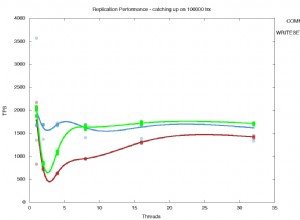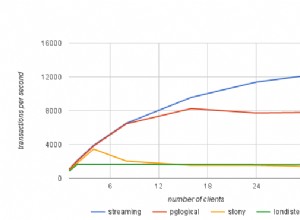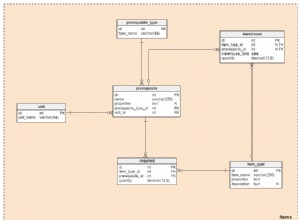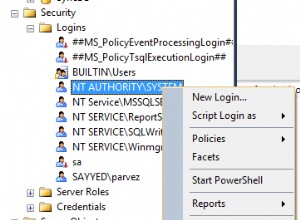Bạn đang tìm kiếm cái này?
select
isnull(STUFF(a.x.query('for $s in entity/info/cleaned_name return <x>{concat(",",$s)}</x>').value('.','varchar(max)'),1,1,''),'') as 'Nazwa podmiotu'
,isnull(STUFF(a.x.query('for $s in proceeding/signatures return <x>{concat(",",$s)}</x>').value('.','varchar(max)'),1,1,''),'') as 'Sygnatura'
,isnull(STUFF(a.x.query('for $s in entity
return <x>
{
concat(", ",($s/address/zip_code/text())[1]," "
,($s/address/town/text())[1]," "
,($s/address/street/text())[1]," "
,($s/address/house_number/text())[1],"/"
,($s/address/flat_number/text())[1]
)
}
</x>').value('.','varchar(max)'),1,2,''),'')
from @xml.nodes('/root/Row') as a(x);
Kết quả
Nazwa podmiotu Sygnatura AllAdresses
Kate Smith,John Smith V GU 86/18,V GUp 9/19,V GUp 8/19 00-001 London Downing Street 1 /1, 00-001 Washington Pennsylvania Avenue 1/1
CẬP NHẬT Nhiều địa chỉ và dữ liệu giống hệt nhau
Bạn có thể thử cái này (theo nhận xét của bạn)
Dữ liệu thử nghiệm của bạn với một địa chỉ thứ hai và một địa chỉ đã sao chép:
declare @xml as xml = '<root>
<Row>
<proceeding>
<signatures>V GU 86/18</signatures>
<signatures>V GUp 9/19</signatures>
<signatures>V GUp 8/19</signatures>
</proceeding>
<entity>
<info>
<cleaned_name>Kate Smith</cleaned_name>
</info>
<address>
<town>London </town>
<house_number>1 </house_number>
<flat_number>1</flat_number>
<street>Downing Street</street>
<zip_code>00-001</zip_code>
</address>
<address>
<town>Yorkshire </town>
<house_number>1 </house_number>
<flat_number>1</flat_number>
<street>Morning Street</street>
<zip_code>00-999</zip_code>
</address>
</entity>
<entity>
<info>
<cleaned_name>John Smith</cleaned_name>
</info>
<address>
<town>Washington </town>
<house_number>1</house_number>
<flat_number>1</flat_number>
<street>Pennsylvania Avenue</street>
<zip_code>00-001</zip_code>
</address>
<address>
<town>Washington </town>
<house_number>1</house_number>
<flat_number>1</flat_number>
<street>Pennsylvania Avenue</street>
<zip_code>00-001</zip_code>
</address>
</entity>
</Row>
</root>'
--Câu hỏi
select
isnull(STUFF(a.x.query('for $s in entity/info/cleaned_name return <x>{concat(",",$s)}</x>').value('.','varchar(max)'),1,1,''),'') as 'Nazwa podmiotu'
,isnull(STUFF(a.x.query('for $s in proceeding/signatures return <x>{concat(",",$s)}</x>').value('.','varchar(max)'),1,1,''),'') as 'Sygnatura'
,isnull(STUFF(a.x.query('for $s in entity/address
return
<x>{concat(", ",($s/zip_code/text())[1]," "
,($s/town/text())[1]," "
,($s/street/text())[1]," "
,($s/house_number/text())[1],"/"
,($s/flat_number/text())[1]
)}</x>')
.query('for $a in distinct-values(/x/text()) return $a').value('.','varchar(max)'),1,2,''),'')
from @xml.nodes('/root/Row') as a(x);
Ý tưởng ngắn gọn:
Chúng tôi sử dụng XQuery đầu tiên để tạo một phân đoạn XML đơn giản như thế này
<x>, 00-001 London Downing Street 1 /1</x>
<x>, 00-999 Yorkshire Morning Street 1 /1</x>
<x>, 00-001 Washington Pennsylvania Avenue 1/1</x>
<x>, 00-001 Washington Pennsylvania Avenue 1/1</x>
Với điều này, chúng ta có thể sử dụng XQuery thứ hai và đặt distinct-values() ở đó.




